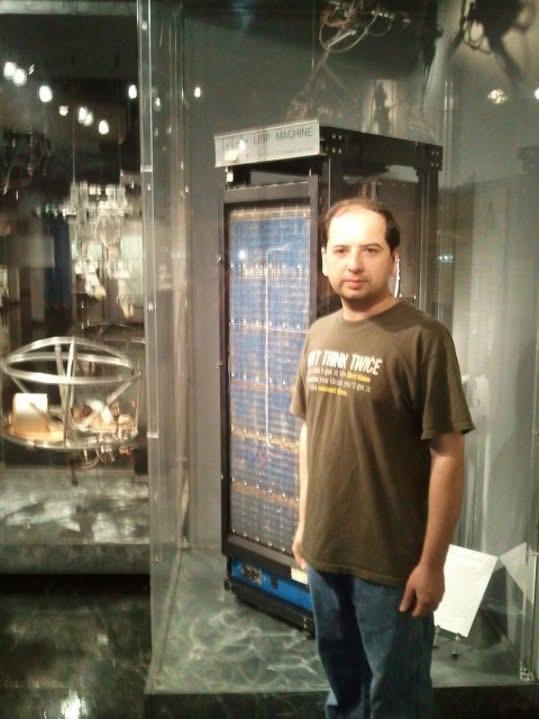We are on the cusp of a profound demographic shift. In 1950, there were only 14,000 centenarians. Today, it’s nearly 750,000. By 2054, this figure is projected to reach almost four million. Living to 100 is swiftly becoming the new normal.
Healthcare systems aren’t ready for this demographic tsunami. They were built for a different era, when life expectancy was much, much lower. (This is why, incidentally, older age care isn’t covered by the NHS remit – the founders of the health service simply didn’t believe there was a great enough need).
Aging Society Long Term Care, Aging Population elderly care concept illustration
getty
We’re entering a new era. One that necessitates a completely fresh approach to health, wellbeing and longevity. And the solutions that can step in to solve this challenge are getting VCs excited. We’re calling this new startup vertical – where deep-tech, healthcare and AI meet – “bio-infrastructure”.
Why bio-infrastructure can fix our healthcare foundations
Whilst recent years have brought a range of new therapies and smart gadgets aimed at helping us live healthier lives, these innovations won’t help us cope with the upcoming demographic challenges at scale without a fundamental overhaul of the underlying systems in which they operate.
Markets across the world need new infrastructure that allows for a seamless interplay of data, tooling, physical equipment, and health delivery. Think predictive AI that can optimise clinical trials by matching drugs to the right patient cohorts based on genetics. Or cloud platforms that allow scientists to run experiments without needing their own physical labs.
Bio-infrastructure startups are stepping up to fix these foundations and make them fit for the future. Founders in this space are building at the intersection of healthcare, deep-tech, infrastructure, and artificial intelligence. Looking not just at software, but how it interacts with the physical elements of healthcare: the labs, clinics, servers, factories, and workforce that make systems like the NHS function.
These companies don’t fit into traditional boxes like “drug developer” or “software business”; they are collectively building the layer of intelligence that will power the health system of tomorrow. VCs like me are paying increasing attention to this space, especially the startups building across these five bioinfrastructure pillars.
Lab Automation
There is a huge space to build a category defining company that can boost lab productivity by leveraging agentic AI and advanced automation. My prediction here is that labs will become increasingly sophisticated and autonomous, accelerating R&D and empowering nations with limited resources to build their own biotech capabilities. The next generation of pharma giants could come from this group; companies that start with a technical or process advantage and use it to build their own drug pipelines. Companies like Micrographia Bio (an Ada Ventures portfolio company) and Benchling are some of the exciting first movers already breaking through in this space.
Patient Data
The clinical trial process is stuck in the past. But modern software can change that. I’m excited about companies that are using predictive analytics to match drug trials to the right cohorts, shorten recruitment times, and fine-tune supply chains. The ultimate goal? The “n-of-1” clinical trial, where treatment is personalised based on an individual’s unique genetic and disease dynamics. I believe that the next blockbuster therapy will come to market because of operational innovation like this, powered by startups like R.Grid (an Ada portfolio company) or Owkin.
Bio-Manufacturing
The COVID-19 pandemic exposed the fragility of global medical supply chains – making it clear that strategic autonomy in biotechnology is a national imperative. As a VC, I’m looking to invest in platforms that empower domestic biomanufacturing capabilities. That might be cloud biology platforms that democratise access to compute, or specialised facilities for producing cell and gene therapies. BitBio and Nuclera are great examples of this type of bio-manufacturing innovation in action. The VC bet here is that, just as cloud democratised access to computing power, bio-manufacturing infrastructure will democratise access to life-saving therapeutics.
Conceptual illustration of DNA (Deoxyribonucleic Acid), visualising the work of genetic research and gene therapy.
getty
Reg-tech
Never the sexiest area, but regulation-focused startups have a huge part to play in the bioinfrastructure revolution. My eyes are currently peeled for tools that use agentic AI to standardise regulatory filings and API-first companies that embed privacy, security, and consent compliance directly into devices and care delivery. Companies that simplify or automate regulatory burdens such as FDA submissions and HIPAA compliance – like Keragon, Freshpaint or healthverity – can allow biotech companies to focus on discovery instead of paperwork. I predict that the next wave of digital health platforms will make regulation and compliance almost invisible.
Talent + Workforce
Healthcare can’t scale without people, but the way we find, train, and retain workers is broken. We need more platforms that can bring the speed of the gig economy to healthcare while upholding the highest standards of verification and onboarding. At Ada, we’re backing credentialing platforms, marketplaces that match healthcare workers with flexible shifts, and AI copilots that reduce cognitive load for nurses and caregivers. Existing examples of leaders in this field include Cera, Axuall and Ambience. The bet is simple: the next billion-dollar workforce platform won’t be for coders – it’ll be for caregivers.
The bio-infrastructure bets we make now will define this new age of longer lifespans, and it’s exciting to see so many founders already taking on the challenges of tomorrow.
With age comes wisdom, and if we’re living to 100, we have a lot to look forward to. But for VCs like me, the wisest choice right now is to back the startups making healthcare systems more proactive, preventative, and fair – for everyone.









